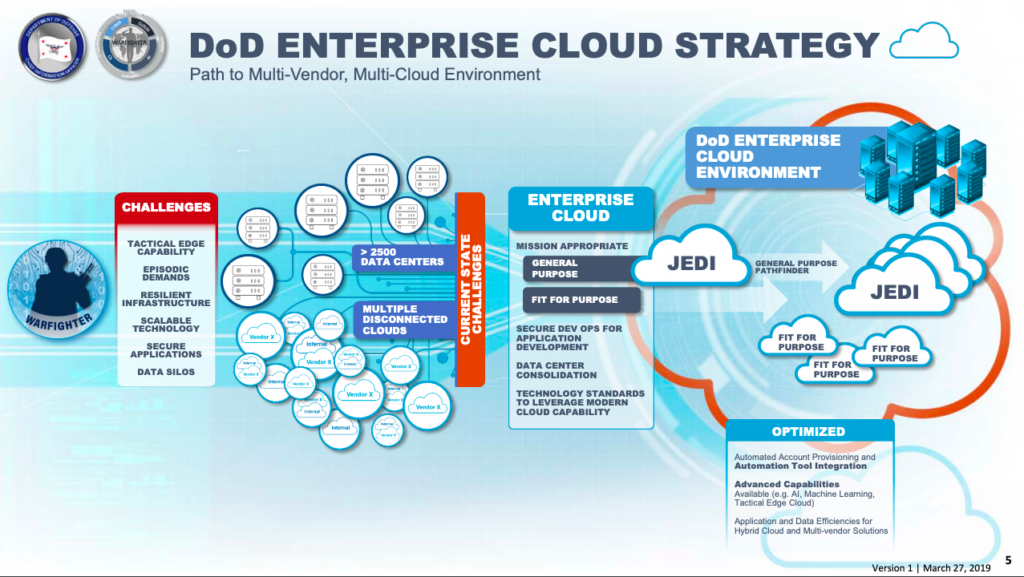29 novembre 2018 | International, Aérospatial
Will the Thai Air Force get more Gripen jets?
By: Valerie Insinna SURAT THANI AIR FORCE BASE, Thailand — The Royal Thai Air Force's Wing 7, home to all of the country's Saab Gripen aircraft, wants more jets. The question is whether the country's defense budget will allow for it, one official said Tuesday. “As operators, we know that this is a very good aircraft, and we would love to have more,” said Group Capt. Prachya Tippayarat, deputy commander of the RTAF's Wing 7. “But it's just that I don't know when. The Air Force will have to think about that.” The RTAF currently operates 11 Gripen C/D fighter jets, bought from the Swedish government and manufactured by Saab. The Air Force lost one Gripen in a 2017 crash that destroyed the jet and killed the pilot. With 11 jets left, it is more difficult to accomplish both training and maintenance, Tippayarat said. “So of course we are looking for the replacement for the 12th one. It's just a matter of when. As the operator, we cannot tell when we are going to have that aircraft,” he said, adding that the service might have other budget priorities. Thailand's 11 Gripen aircraft are operated from Surat Thani Air Force Base, located about 328 miles south of Bangkok. Defense News visited the base Nov. 27-28 and accepted airfare and accommodations from Saab. Surat Thani plays a key role in defending southern Thailand. Although the nation also operates Northrop Grumman F-5s and Lockheed Martin F-16s, Wing 7's Gripens are the Royal Thai Air Force's premier fighters, used primarily for air-to-air and air-to-ground combat, and for secondary missions such as reconnaissance, Tippayarat said. The Thai government is also considering an upgrade of the RTAF Gripens' software suite, he added. The jets are currently configured to the MS19 standard, but the potential upgrade to MS20 would bring the jets into the most advanced configuration for the Gripen C/D. The MS20 software adds capabilities that make the Gripen a more formidable jet for air-to-ground attacks, including an electro-optical pod that allows the jet to drop laser-guided weapons, the addition of Boeing's Small Diameter Bomb and MBDA's Meteor missile, and new radar modes. One MS20 enhancement that the RTAF won't need is the addition of Link 16 capability, the data link used by NATO and its partner nations. The RTAF Gripens run on the Thai military's indigenous network, Link T. If Link 16 functionality is needed, the service can use its F-16s, but operating Link T on the Gripen allows Thailand to protect its homegrown capabilities and information, Tippayarat said. Saab delivered the first Gripens to Thailand in 2011. Other Gripen C/D users include Sweden, Hungary, the Czech Republic and South Africa. https://www.defensenews.com/global/asia-pacific/2018/11/28/will-the-thai-air-force-get-more-gripens

